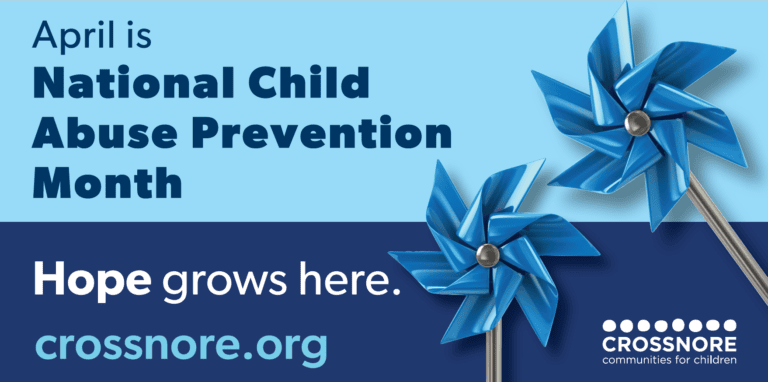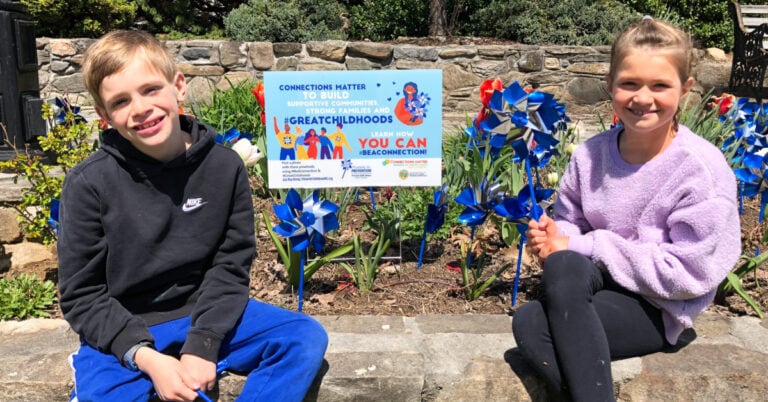The Narrative We Need to Leave Behind
What if I told you that you had to be defined but the worst choice you ever made? Imagine if one poor decision, one desperate action, or one less-than-ideal situation you found yourself in became your whole story. When it comes to the child welfare system, many parents who have children removed from their care often experience that very scenario. While managing their own pain, shame, and disconnection, the system often reinforces that narrative.
But the truth is, child abuse and neglect is “not a bad parent problem”. It could just as easily be anyone on the other side of that scenario. Shame, blame, and judgment don’t inspire change, they lead to feelings of hopelessness. When people feel hopeless, they often give up.
So how do we rewrite that narrative to instill hope? This year’s Prevent Child Abuse theme is: “Powered by Hope, Strengthened by Prevention”.
A New Narrative Rooted in Hope
Hope is a protective factor. More than just wishful thinking, the concept of Hope Science explores the idea that when we believe the future will be better and feel like we have the power to make it happen, it makes a difference. “Hope is based on three main ideas: desirable goals, pathways to goal attainment, and agency (willpower) to pursue those pathways.” If families are only able to focus on fixing deficits, it’s hard to think about the future. Most parents don’t intend to harm their children. They are often just doing the best they can with what they have. They may lack the resources, tools, or support systems to choose differently. Shifting the narrative means seeing families as capable and strong rather than struggling and broken.
Hope should be foundational to the structural systems designed to support families. Systems are often reactive, focused on responding to crises or fixing deficits. If more resources are placed upstream, families can have their needs met before a crisis happens. They can develop tools to manage their own stressors and access resources without shame, judgment, or unnecessary barriers.
Hope in Action, Prevention in Practice
Hope is a commitment to the future. Prevention isn’t a one-time fix; it’s an intentional investment in long-term change. We have to be in it for the long haul. The prevention efforts we are making today may not bear fruit immediately, but they are strengthening the foundation for stronger families tomorrow. We have to lean into prevention with an enduring mindset, knowing that hope in action can make a difference.
We can rewrite the narrative. It starts with how we see families. As we strengthen systems, we strengthen families–and stronger families empower change.
- https://preventchildabuse.org/
- https://www.social-current.org/engage/project-hope/
- https://www.ou.edu/tulsa/hope



